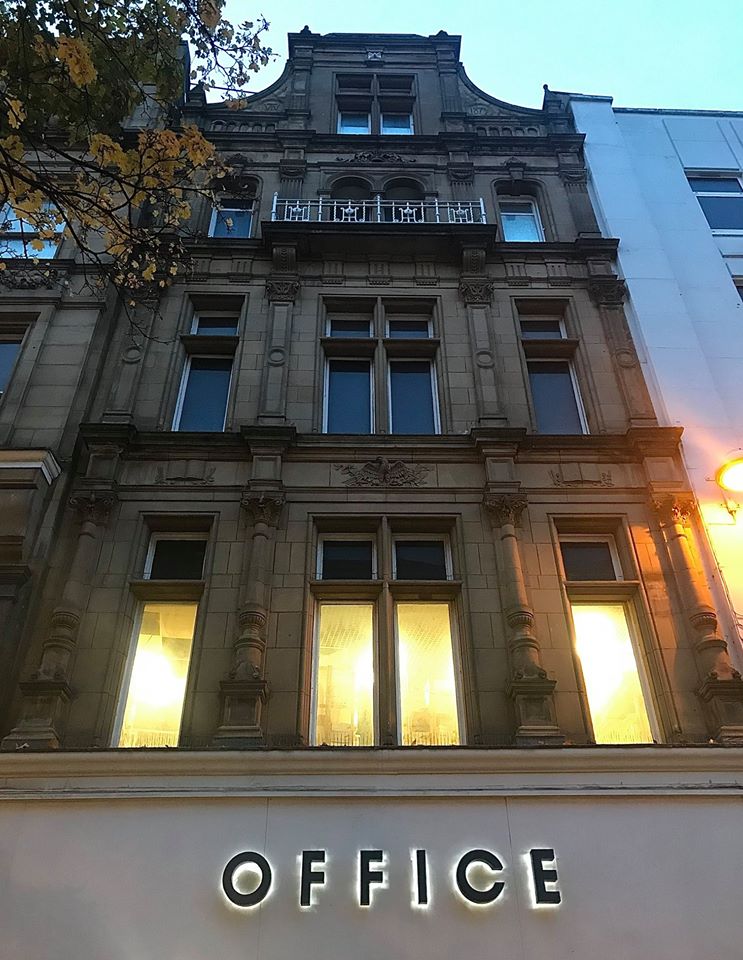
Sheffield is full of surprises. But if you don’t look up then you’ll miss them.
The next time you walk down Fargate, look at the versatility of buildings that were erected during the 1870s. No. 14, Fargate, now occupied by Office, has a narrow-gabled stone front that reflects the width of the plots preserved from much earlier development.
During the 1870s, Fargate was widened, necessitating the demolition of certain properties and rebuilding them further back.
No. 14 Fargate had been occupied by Thomas Widdison, a bookseller, printer and stationer, and in 1879 he temporarily relocated to No. 37 Fargate while his premises were rebuilt.
Thomas Widdison came to Sheffield as a boy and remained all his life. He opened his bookshop on Fargate in 1868, “a business of a high-class description, and all the best book-loving population knew the place and Mr Widdison well.”
A newspaper advertisement from 1889 describes Thomas Widdison as a seller of books, fancy stationary, bibles, prayer books, hymn books, photographic albums and leather goods.
Remarkably, customers were also able to order Flockton Wallsend Coal, “the celebrated drawing-room coal” at 12 shillings per ton.
Thomas was assisted by his wife, also his son, Charles D. Widdison, and continued until 1900, when failing health compelled him to retire from continuous work, afterwards becoming a manager at Boots the Chemist on High Street. He died of paralysis in November 1910.
His premises were swallowed up by Cole Brothers next door, a department store that had opened in 1847, and which had slowly extended its business along Fargate and Church Street (and immortalised as Coles Corner).
Cole Brothers remained until the 1960s before moving to new premises in Barker’s Pool, now John Lewis.
No. 14 Fargate remains as the only surviving reminder of the old Cole Brothers building.